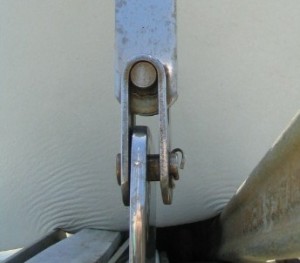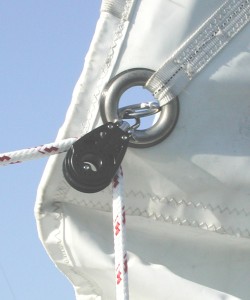I had an interesting conversation with a friend and 320 owner about standing rigging inspection and replacement. We began by him suggesting it was time to replace the lifelines on his 2001 320. We moved to the standing rigging after he told me that the person he spoke to at Catalina told him they recommend replacement every five years. He contacted the current provider of the rigging and they recommended every 10 years.
My question is; how long is too long to have the rigging replaced? Our boats are in So Cal, and in the water all year.
Wes
Spring Fever
C387 #53 (2004)
Marina Del Rey, Ca
Wes
Interesting topic. I’ve heard from several not necessarily definitive sources that rigging in the Puget Sound area tends to last longer due to our rainy climate that continually cleans it. Most people up here are pretty comfortable with 20 year old
You need to be logged in to see the rest of this content. Catalina380-IA members, please login.
To join please fill out a membership application (Association->Membership Application) and send a check to the address on the form.


